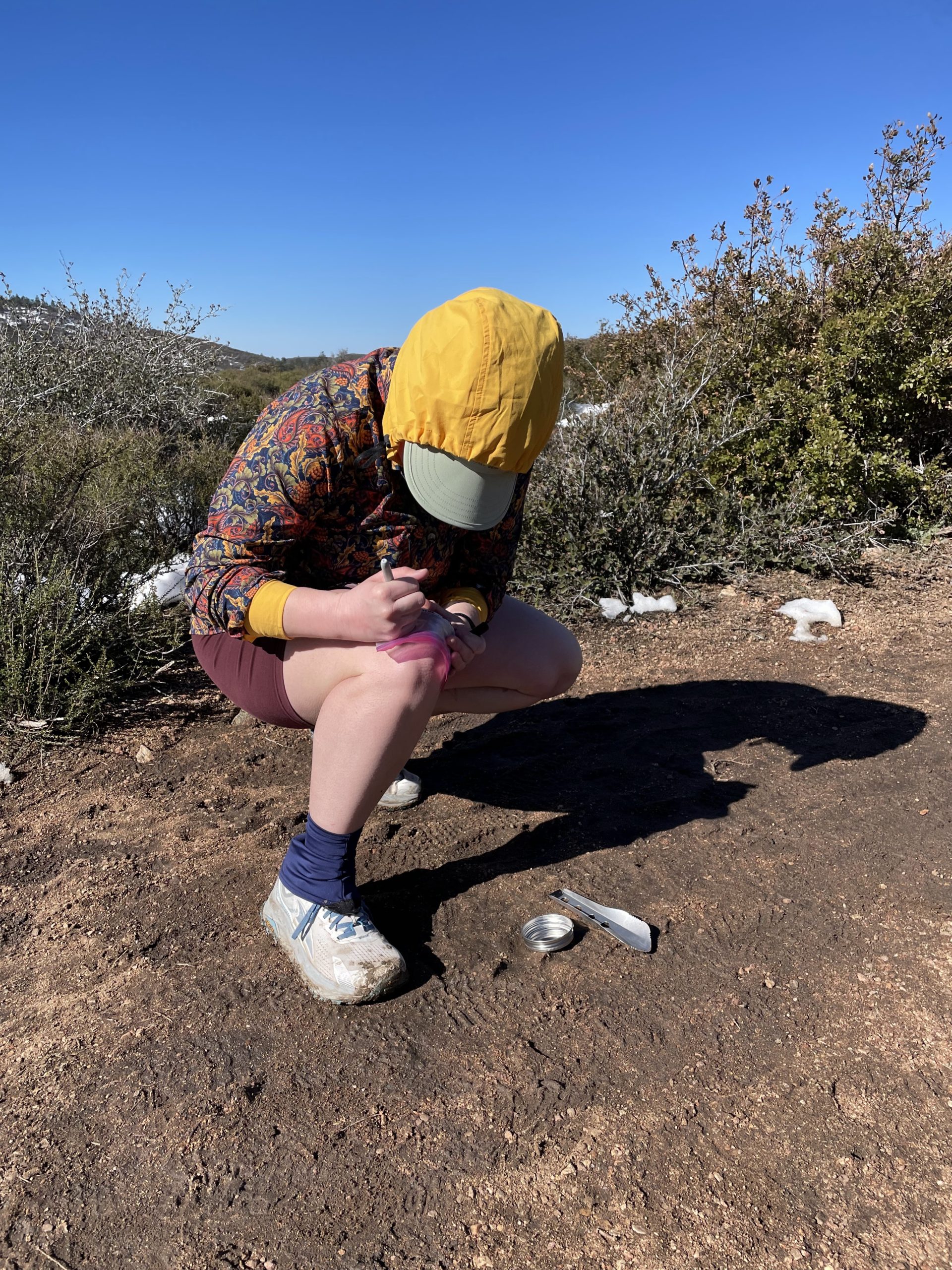Introducing No Trace Trails
Talking trash
The month leading up to the start of our hike felt like chaos. Between wrapping up my current position, interviewing for post-trail jobs, and trip prep, everything culminated with a 10 pm packing session the night before starting a thru-hike and 2,650-mile research project on the Pacific Crest Trail.
The idea for the trip and project began 5 years prior on a 72-mile hike across the California Sierra Nevada. Wanting to get into backpacking, I decided if I wanted to make it happen I should be the one to get the permit and plan the trip.
Starting our week-long trip in 2018, four of us rolled into the ranger station. While checking our bear canisters and permits we noticed behind the desk there was a tally of the number of pounds of trash rangers had picked up and packed out of the backcountry that season. As scientists, whose work was focused on environmental pollution, we were surprised by these statistics and decided to record details of the trash we found on the trail along the way.
One week later, summiting Mt. Whitney at sunrise, we had picked up and described almost 300 pieces of trail litter. Hiking out that day I knew that one day I would do a much longer trip, a trip where we would expand the trash survey. That dream became a thru-hike attempt of the PCT.
March 28th, 2023:
I arrived at the southern terminus of the Pacific Crest Trail with my hiking and research partner Macy Gustavus. In preparation for the project, our research objectives had grown and we set out with two primary objectives:
- To quantify, describe, and pick up trash that accumulates on recreation trails
- Understand the trash on trails that is too small to see – by quantifying tiny plastic particles in trail soil known as “microplastics”
While quite a bit of research has been done on trash and microplastics in the ocean and in urban areas –our scientific understanding is limited in a backcountry setting. Materials such as plastic are hazardous and can persist for hundreds of years. Most of our clothing and gear is made of synthetic materials, and plastic items may leach hazardous chemicals or fragment with time into smaller pieces becoming a source of microplastics that can have consequences for us and the environment.
Altogether, we are No Trace Trails a collaborative project talking trash and trails. Many more details to come in future posts, but follow along for trail reports, survey updates, and opportunities to join the trash data team!
This website contains affiliate links, which means The Trek may receive a percentage of any product or service you purchase using the links in the articles or advertisements. The buyer pays the same price as they would otherwise, and your purchase helps to support The Trek's ongoing goal to serve you quality backpacking advice and information. Thanks for your support!
To learn more, please visit the About This Site page.



Comments 4
Thanks for posting.
Why am I do interested in trash and micro-plastics (micro-trash even)? I am from SoCal and I do love Condors.
Thanks for letting me follow along vicariously.
Happy travels on your research journey.